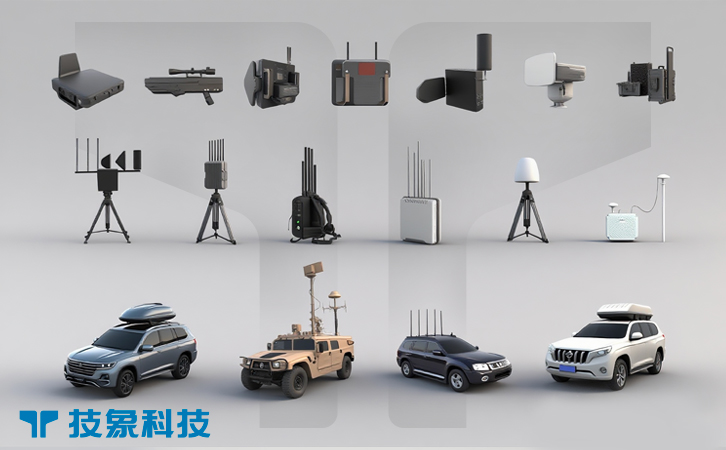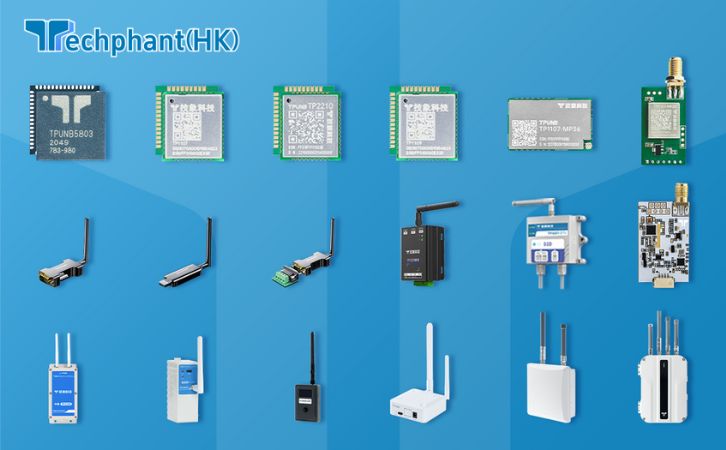The drone explosion in 2025, with over 6 million unmanned aerial vehicles (UAVs) in global use, has heightened the need for agile countermeasures, as rogue drones exploit speed and maneuverability to evade static defenses. Drone-capture drones, specialized interceptor UAVs equipped with nets, grippers, or jammers to pursue and neutralize rogue drones, have emerged as a dynamic counter-UAV technology. These systems actively chase and capture or disable threats mid-flight, offering a mobile, precise solution for urban areas, events, or military operations where ground-based systems lack reach. Unlike fixed sensors or broad jammers, capture drones match rogue UAV agility, enabling direct engagement in complex airspaces. This article explores the agile drone threat, the mechanics of drone-capture drones, their real-world applications, and the challenges and future potential of this pursuit-based counter-UAV solution.
I. The Agile Drone Threat and Need for Capture Drones
Rogue drones leverage agility to outmaneuver defenses, with over 2,500 incidents in 2024, including swift intrusions at airports or events, causing disruptions and safety risks costing millions. In military contexts like Ukraine, fast-moving UAVs conduct hit-and-run attacks, evading static countermeasures. Civilian threats include agile drones for smuggling or filming, exploiting speed to avoid detection in cluttered environments.
Static systems like radar or fixed jammers struggle with fast targets, while ground-based kinetics lack mobility. Drone-capture drones address this by pursuing threats directly, offering rapid, targeted neutralization. Their role is critical for dynamic defense, as seen in 2025 Australian trials where interceptor drones captured rogue UAVs over urban zones. The DEFENSE Act, enacted in September 2025, supports mobile counter-UAS for civilian sites, emphasizing capture drones’ importance in countering the speed and evasiveness of drone threats through active pursuit.
II. Mechanics of Drone-Capture Drones
Drone-capture drones are high-speed UAVs equipped with capture mechanisms—nets, mechanical grippers, or onboard jammers—and sensors like cameras or radar for tracking. Systems like Fortem’s DroneHunter or Delft Dynamics’ DroneCatcher deploy nets to entangle rogue drones or jammers to disrupt signals, with flight speeds up to 100 mph and ranges of 2-5 km. AI guides navigation and targeting, enabling autonomous pursuit.
The process involves detection via integrated or ground-linked sensors, followed by launch and chase, with the interceptor matching the target’s trajectory. Nets deploy to capture, or jammers force landings, with some models using grippers to seize small UAVs. Advantages include mobility, precision against agile targets, and forensic recovery potential. Limitations include short flight times (20-30 minutes), weather sensitivity, and high costs ($50,000 per unit). In 2025, advancements in AI flight control and lightweight capture systems have improved agility, making drone-capture drones a key component of dynamic C-UAS strategies.
III. Applications and Real-World Deployments
Drone-capture drones are deployed in scenarios requiring active pursuit, offering agile defense. In civilian applications, airports like those in Singapore use interceptors to chase and net intruding UAVs, preventing runway incidents, as tested in 2025 exercises. Events like the 2025 Tokyo Marathon employed DroneHunters to capture filming drones, ensuring safety without ground disruption. Private security firms use them for VIP protection, neutralizing threats in urban settings.
In military applications, capture drones safeguard bases and convoys. The U.S. Navy’s 2025 Pacific drills deployed interceptors to pursue reconnaissance UAVs, netting them for analysis. Border patrols, like those in the EU, use capture drones to intercept smuggling UAVs over rugged terrain. The Counter UAS Technology USA Conference in December 2025 showcased these, emphasizing hybrid net-jamming models for layered defense. Success relies on pilot training and sensor integration, but their pursuit capability makes them indispensable for fast-moving threats.
IV. Challenges and Future Prospects
Drone-capture drones face operational, cost, and regulatory challenges. Short battery life limits endurance, while agile rogue drones may outmaneuver slower interceptors, requiring advanced AI. Costs ($50,000-$200,000 per unit) restrict scalability, and weather like high winds hampers flight.
Regulatory hurdles include FAA restrictions on UAV operations in controlled airspaces, though the September 2025 DEFENSE Act eases exemptions for security. Ethical concerns involve privacy from onboard cameras and potential misuse, mandating ITU-compliant protocols. Future prospects are strong, with 2025 innovations in extended-range batteries and swarm-capable interceptors. By 2030, the counter-UAS market grows, with capture drones leading for mobility. Policy support ensures ethical use, positioning them as a foundation of pursuit-based defense.
Conclusion
Drone-capture drones deliver agile, pursuit-based neutralization for rogue UAVs, matching their speed in 2025’s dynamic threats. Their ability to chase and capture makes them ideal for airports, events, and military operations, complementing static C-UAS tools. Despite challenges like endurance and regulations, real-world successes and emerging innovations highlight their potential. As drone threats accelerate, capture drones—supported by reforms—will remain vital in layered defenses. By overcoming hurdles, stakeholders can deploy this technology to secure airspaces, ensuring swift, precise protection in a drone-dominated world.



